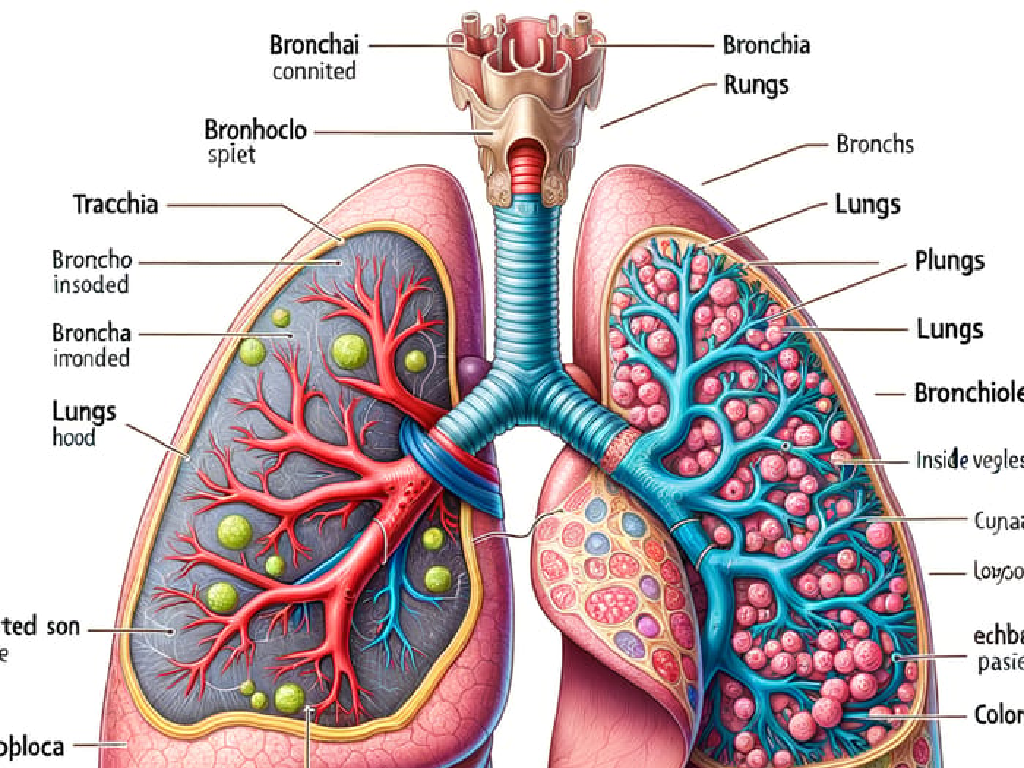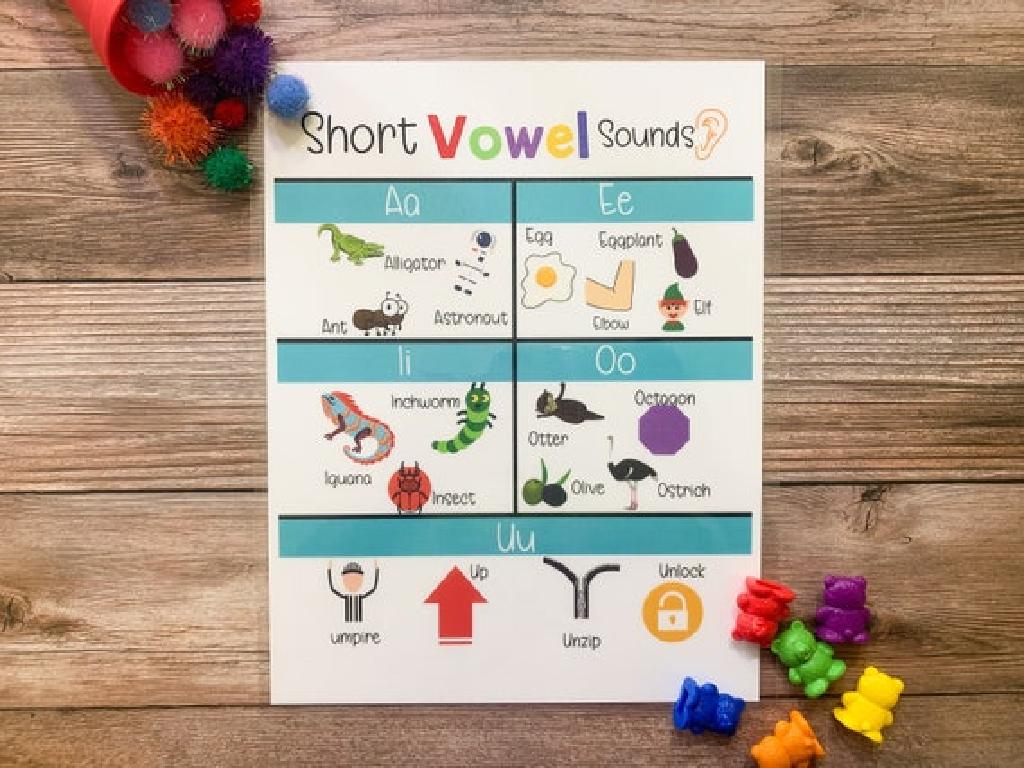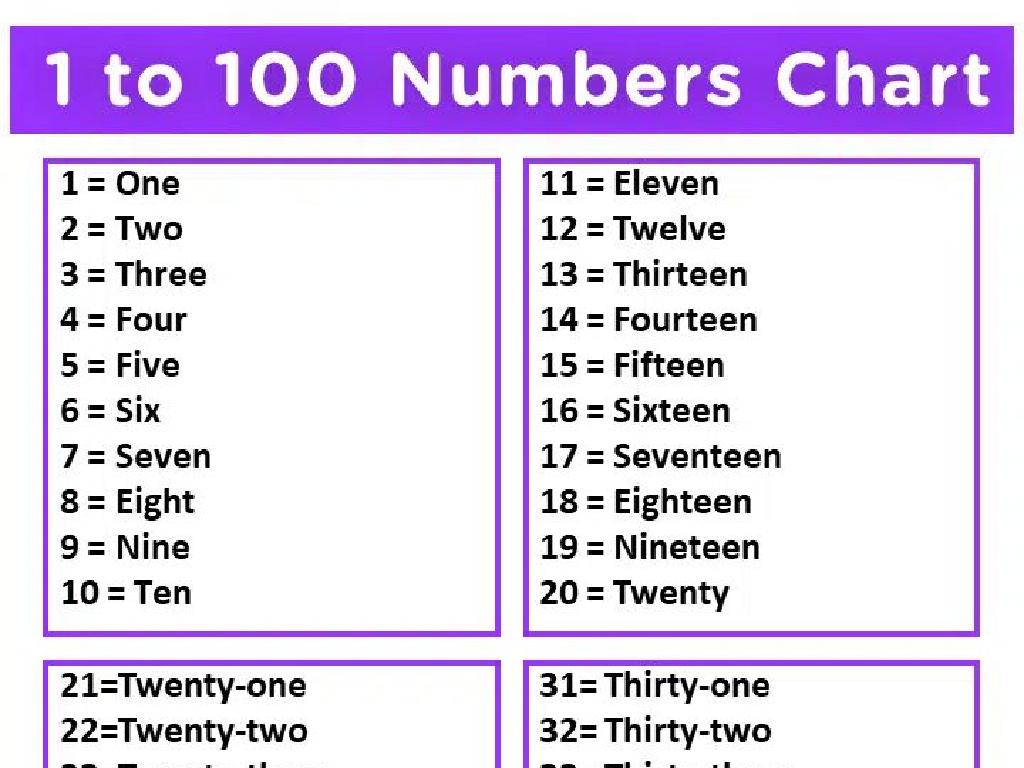Label Magnets That Attract Or Repel
Subject: Science
Grade: First grade
Topic: Magnets
Please LOG IN to download the presentation. Access is available to registered users only.
View More Content
Welcome to the World of Magnets!
– What is a magnet?
– Magnets attract certain metals
– Like paper clips, nails, and coins!
– Magnets have a north and south pole
– Opposite poles attract, like poles repel
– Magnets can repel or attract each other
– We’ll see how they push away or pull towards each other
|
Begin the class with an engaging question about magnets to pique students’ curiosity. Explain that a magnet is an object that can pull certain metals towards itself. Show examples of everyday items that a magnet can attract. Introduce the concept of magnetic poles, explaining that every magnet has a north and a south pole. Use simple language to describe how opposite poles attract while like poles repel each other. Prepare a demonstration or a hands-on activity with small magnets for students to observe attraction and repulsion in action. This will help them understand the basic properties of magnets in a tangible way.
Exploring Magnets
– What is a magnet?
– An object that can pull metals like iron
– Different shapes of magnets
– Bar, horseshoe, and disc are common shapes
– Magnets have two poles
– Each magnet has a North Pole and a South Pole
– Poles: North and South
|
Begin the lesson by explaining what a magnet is, emphasizing its ability to attract certain metals such as iron. Show the students different shapes of magnets and explain that no matter the shape, they all have magnetic properties. Introduce the concept of magnetic poles, explaining that every magnet has two ends, called the North Pole and the South Pole. Use simple language and examples to help students understand. You can demonstrate with actual magnets to show attraction and repulsion. Encourage the students to think about and discuss everyday objects that might contain magnets or use magnetic principles.
Magnets: Attract or Repel?
– Magnets have two powers
– Like magic, magnets can pull or push
– Attract means pulling together
– When magnets come close, they can snap together
– Repel means pushing apart
– When magnets don t want to touch, they push away
– Magnets attract or repel each other
|
This slide introduces the basic concepts of magnetism to first graders, focusing on attraction and repulsion. Explain that magnets have two main abilities: they can either pull things towards themselves or push them away. Attraction is when magnets pull together, like when you use a magnet to pick up paper clips. Repulsion is when magnets push away from each other, like when two magnets are turned the wrong way and they won’t stick together. Use simple language and real-life examples that first graders can relate to, such as playing with magnet toys or refrigerator magnets. You can demonstrate attraction and repulsion with a pair of magnets in class to make the concept clear and tangible.
Let’s Experiment with Magnets!
– Fun activity with magnets
– Observe attraction and repulsion
– Watch how some magnets come together and some push away
– Opposite poles attract
– North pole and South pole magnets pull towards each other
– Like poles repel
– Two North poles or two South poles will push away from each other
|
This slide introduces a hands-on activity for students to understand the basic properties of magnets. Provide each student with two magnets and guide them to discover how magnets can either attract or repel each other. Explain that the part of the magnet that pulls towards another is called a ‘pole’ and that every magnet has a North pole and a South pole. When they put different poles together (North and South), the magnets will attract and stick together. When they put the same poles together (North and North or South and South), the magnets will repel and push away from each other. Encourage students to try different combinations and observe the results. This activity will help solidify their understanding of magnetic attraction and repulsion through direct experience.
Labeling Magnets: Poles and Attraction
– Magnets have North and South Poles
– Learn to label magnet poles
– Each end of a magnet is a pole: one North, one South
– Labeling predicts attraction or repulsion
– Knowing poles helps guess if magnets stick or not
– Attracting: opposite poles pull together
– Repelling: like poles push apart
|
This slide introduces the concept of magnetic poles to first graders. Begin by explaining that every magnet has two ends, called the North Pole and the South Pole. Teach the students how to identify and label these poles on different magnets. Emphasize that labeling is not just for identification; it helps us understand how magnets will interact with each other. Magnets with opposite poles will attract, or pull towards each other, while magnets with the same poles will repel, or push away from each other. Use simple language and examples to illustrate these concepts, such as showing how two magnets can either stick together or push apart depending on how they are held. Encourage students to predict what will happen when different poles of magnets are placed near each other.
Class Activity: Magnetic Attraction!
– Play with different magnets
– Discover attraction and repulsion
– Magnets have two poles; one attracts, the other repels
– Label magnet poles with stickers
– Use color-coded stickers to mark North (N) and South (S) poles
– Observe and record your findings
|
This interactive class activity is designed to help first graders understand the basic properties of magnets through hands-on experience. Provide a variety of magnets and stickers for the students to use. Guide them to explore how different poles of magnets either attract or repel each other. Encourage them to label the poles with stickers once they identify them. This will help them visually remember which side is which. After they’ve labeled the poles, ask the students to observe what happens when different poles are put together and to record if they attract or repel. This activity will not only make the concept of magnetic poles tangible but also foster curiosity and observational skills.
Magnets: Attract or Repel
– Congratulations on learning about magnets!
– Identifying attraction and repulsion
– Magnets attract when opposite poles face each other, and repel when like poles do.
– Safety first with magnets
– Keep magnets away from electronics and never swallow them.
– It’s okay to ask for help
|
Well done to all the students for their hard work in understanding how magnets work. They’ve learned that magnets can either attract or repel each other based on the poles facing one another. Emphasize the importance of safety when handling magnets, as they can be harmful to electronic devices and are dangerous if swallowed. Encourage the students to continue exploring the world of magnets and to reach out for assistance whenever they’re unsure or curious about something. This will foster a supportive learning environment and promote inquisitive thinking.






